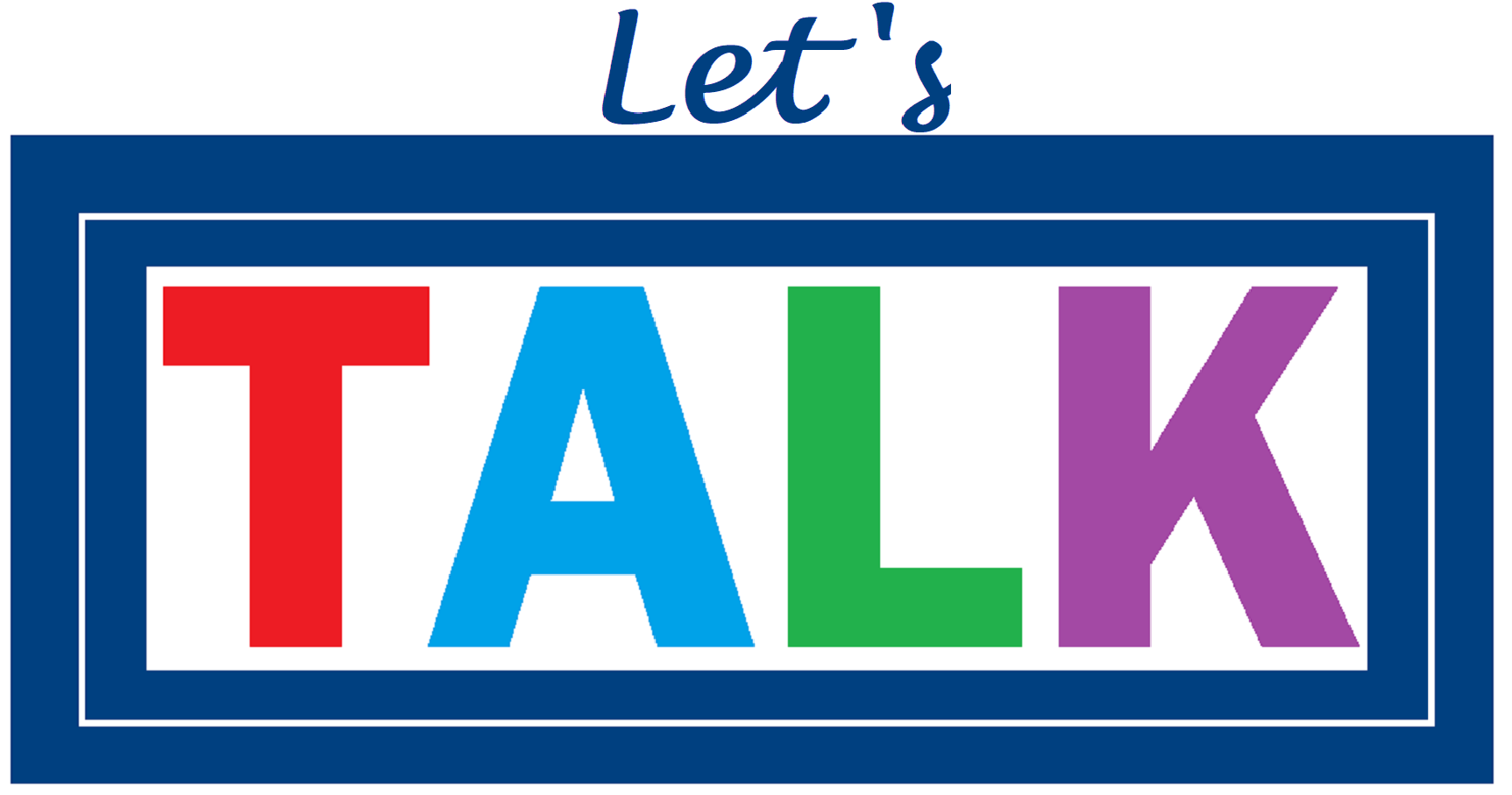By Kristi Vitelli
Yesterday, I attended a webinar sponsored by the Sierra Club and the Zero Waste Coalition featuring the guest speaker Jeanine Behr Getz, the leader of BYOCT (Bring Your Own Connecticut). She revealed that Americans produce an extra twenty-nine pounds of trash every week between Thanksgiving Day and New Year’s Day. The increase in trash includes wrapping paper, gift tags, tissue paper, plastic packaging, food waste and shipping boxes.
While humans have been wrapping gifts for centuries beginning in China followed by Japan, the wrappings were usually cloth or recyclable paper. Today the holiday packages are literally wrapped up in plastic coated paper.
Jeanine suggests that if each family wraps three less presents each year in disposable wrapping paper, the saved paper would cover 45,000 football fields. Packages can still be “wrapped” nice enough to impress the recipient, but instead of new sparkly wrapping paper you can use paper that has been used before or put the gift into a pretty box tied with a cloth bow which can be used year after year. Or you can buy wrapping paper that is marked as containing 100% Post Consumer Paper, making it completely recyclable. If one percent of the population of the United States used recycled paper or a box to wrap just one gift more than two thousand trees and over 90,000 gallons of water could be saved each year.
At lunch today, while catching up on the news in the Citizen, I saw a comprehensive and timely article by Candice Maningas in Green on the Corner, talking about the same issue regarding buying gifts. It goes without saying that if we buy less gifts we will use less wrapping paper, tissue paper and gift cards.
Then there are the ubiquitous greeting cards. In another very timely and informative Citizen article by Susan Goodrich Motycka on the History of Holiday Greeting Cards, she talks about how the modern holiday card industry started after the first greeting card was sold by the Hall Brothers (now known as Hallmark) in 1915, at their store in Kansas City. Now, over two billion holiday cards are sent every year.
If each of us send one less holiday card this year, we could save 50,000 cubic yards of paper. I find the suggestion of sending less cards liberating because year after year it becomes more of a chore. If you feel guilty for cutting someone off your list, then sign up for an online card service and send them an ecard. With the concerns about the ability of the US Mail to deliver items on time, you will also ensure your card arrives on time.
As Candice explained more thoroughly in her article, by consciously buying and using less we make a bigger impact towards the goal of preserving the environment than if we continue to buy things with the thought that the items will eventually be recycled. If less products need to be made, less dangerous chemicals used to create them will need to be used and less chemicals will ultimately end up polluting the environment.
The changes suggested by Jeanine Behr Getz are small and easily accomplished. Wrap three gifts in pretty boxes or recycled paper and send out one less holiday card. If you are an overachiever, you can shop local which does not require a shipping box, learn how to knit and make cute scarves for your friends or bake something fun and fattening to give as a gift.
Hannukah started early this year, so celebrants can implement the suggested changes next year, but there is still time for persons who celebrate Christmas and Kwanzaa to make small but impactful changes this year.
